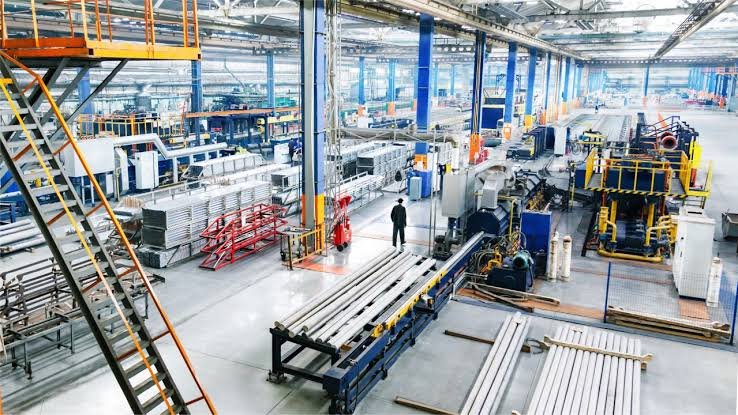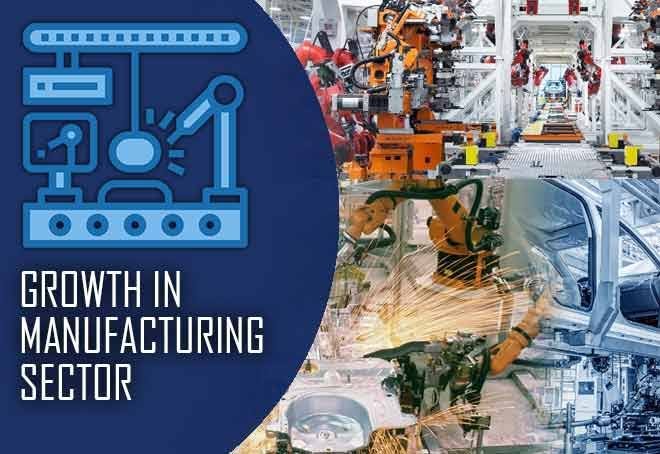The Make in India initiative, launched in 2014, has been one of the most transformative economic campaigns in India’s history. It aims to turn India into a global manufacturing hub, reduce dependence on imports, and create millions of jobs. As India envisions Viksit Bharat 2047, the success of manufacturing will play a pivotal role in achieving self-reliance and becoming a $30 trillion economy.

Why Manufacturing Growth is Crucial for Viksit Bharat?
- Drives large-scale employment generation.
- Increases exports and foreign investments.
- Strengthens MSMEs and local industries.
- Reduces import dependency, promoting Atmanirbhar Bharat.
- Enhances India’s role in global supply chains.
Government Initiatives to Boost Manufacturing
1. Make in India 2.0
- Focuses on 27 key sectors including electronics, textiles, defense, and renewable energy.
- Encourages both domestic and global companies to invest in India.
2. Production Linked Incentive (PLI) Scheme
- Provides financial incentives to companies meeting production targets.
- Boosted sectors like mobile manufacturing, pharma, and electronics.
3. Startup India & MSME Support
- Strengthening small businesses and startups with funding, technology, and global access.
4. Ease of Doing Business Reforms
- Simplified laws, faster approvals, and online processes for businesses.
5. National Infrastructure Pipeline (NIP)
- Investment of over ₹111 lakh crore in logistics, power, and connectivity.
- Reduces costs and boosts industrial growth.
6. Skill Development for Industry 4.0
- Training workforce in AI, robotics, IoT, and advanced manufacturing.
Sectors Driving India’s Manufacturing Growth
- Electronics & Semiconductors – Becoming a global electronics hub.
- Automobiles & EVs – India as a leader in electric vehicle manufacturing.
- Defense & Aerospace – Indigenous defense production.
- Pharmaceuticals & Biotechnology – “Pharmacy of the World.”
- Textiles & Apparel – Leveraging India’s cultural and industrial strengths.
- Renewable Energy & Green Tech – Solar, wind, and hydrogen manufacturing.

Challenges in Manufacturing Growth
- Need for stronger supply chain integration.
- Competition from countries like China and Vietnam.
- Infrastructure bottlenecks in some regions.
- Limited adoption of advanced technologies in MSMEs.
- Skilled manpower shortage in emerging tech areas.
Way Forward for Viksit Bharat 2047
To transform into a global manufacturing leader, India must:
- Enhance innovation and R&D investments.
- Promote cluster-based industrial zones.
- Strengthen MSMEs with digital transformation.
- Expand export promotion policies.
- Ensure green and sustainable manufacturing practices.
- Foster global partnerships while keeping Atmanirbhar Bharat at the core.



